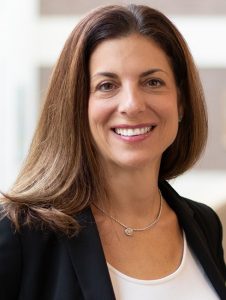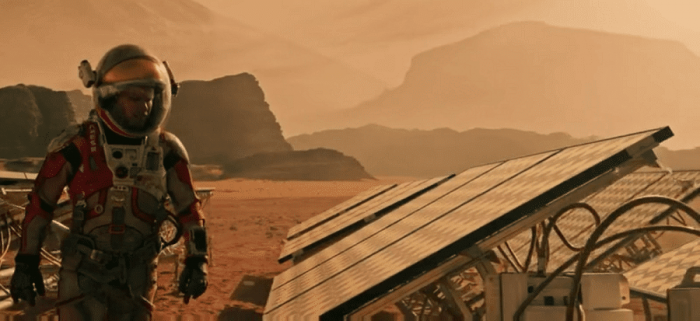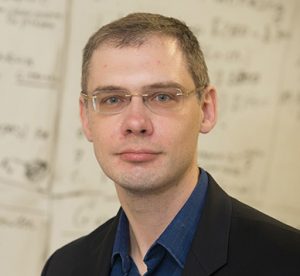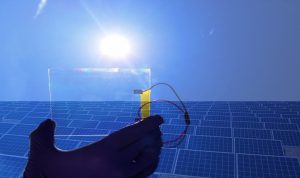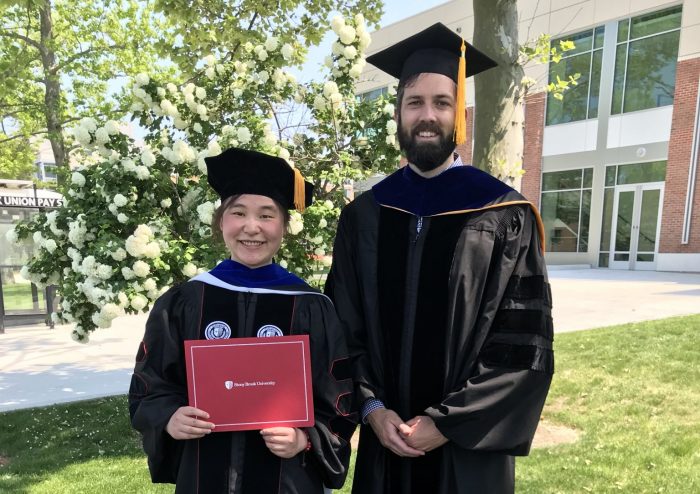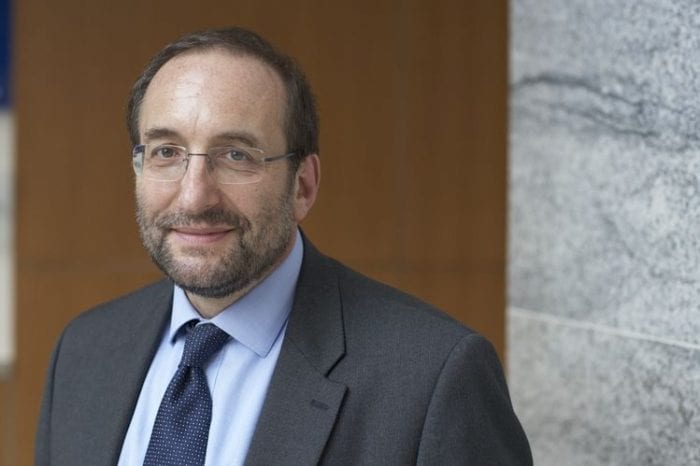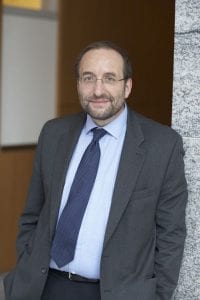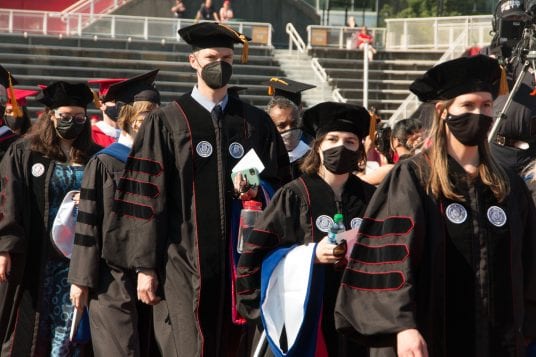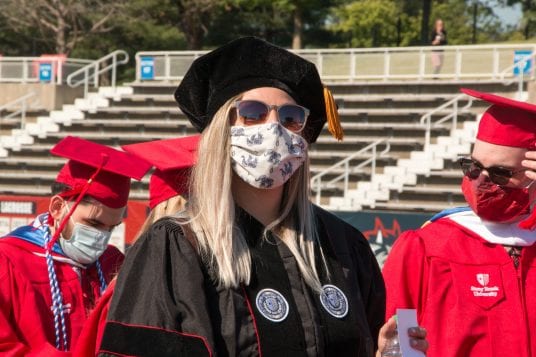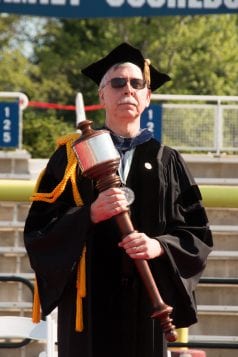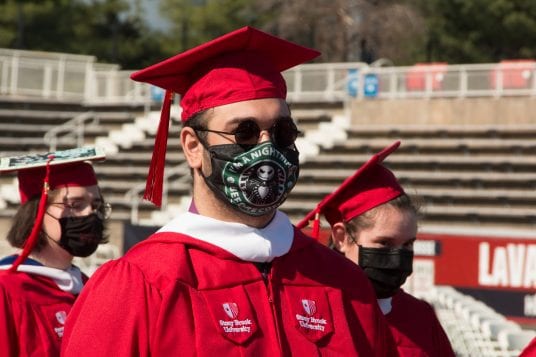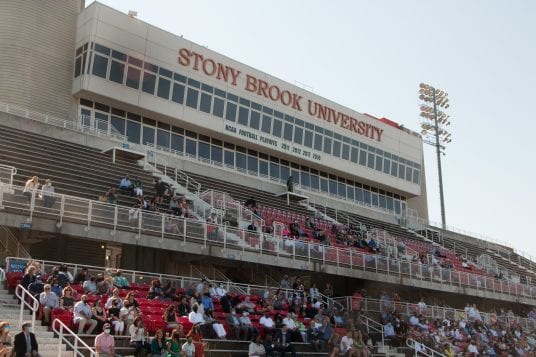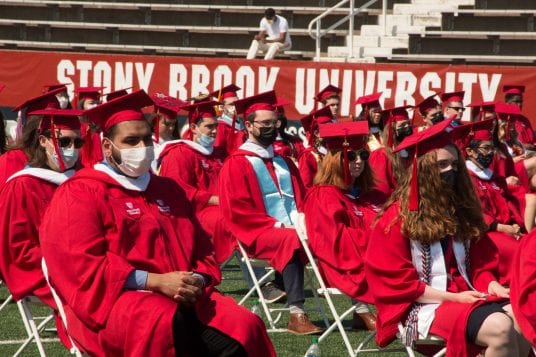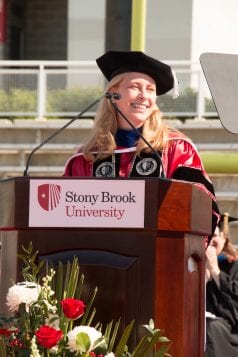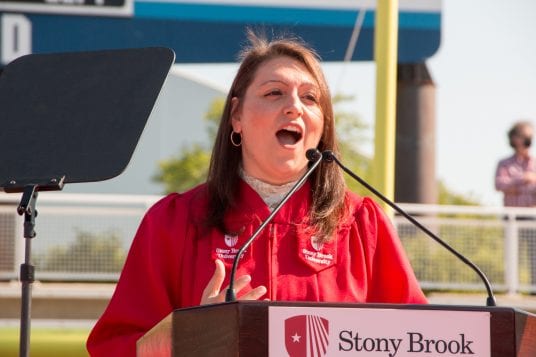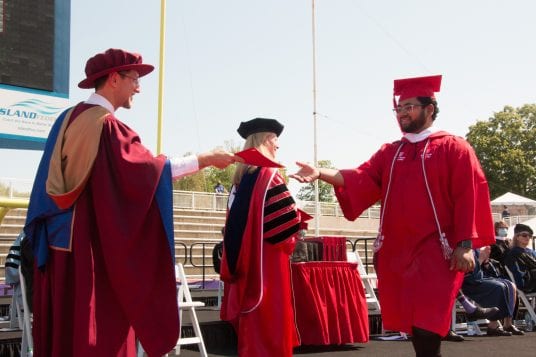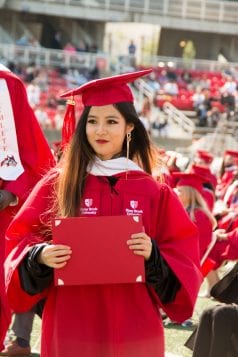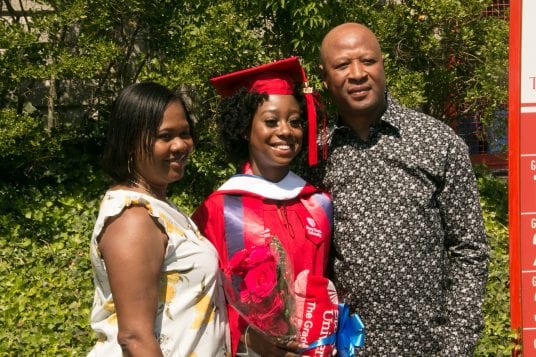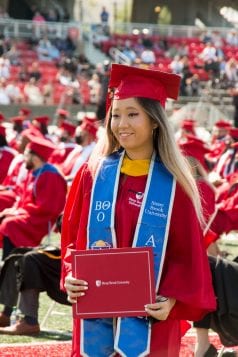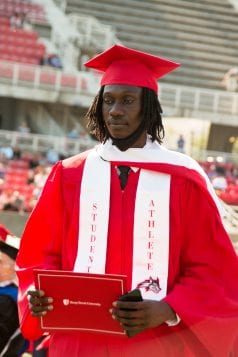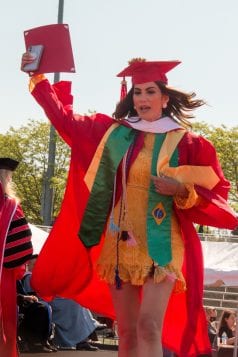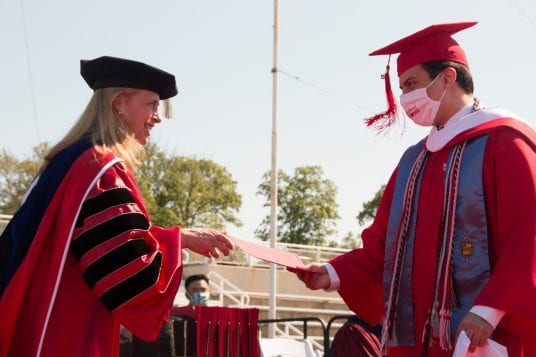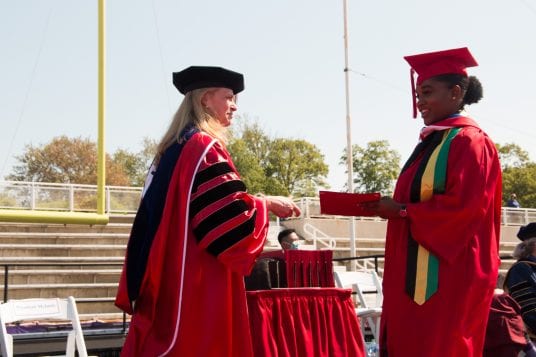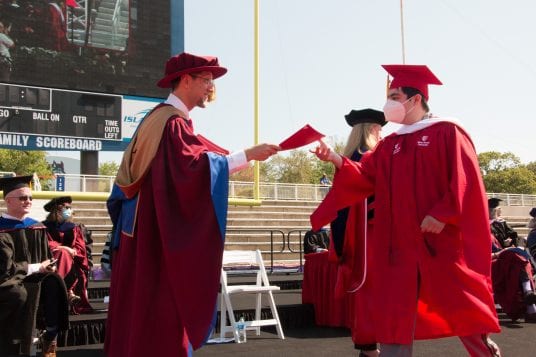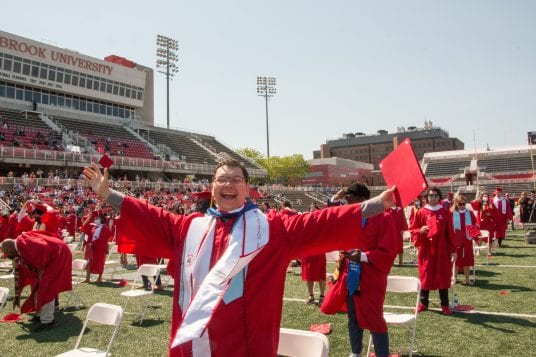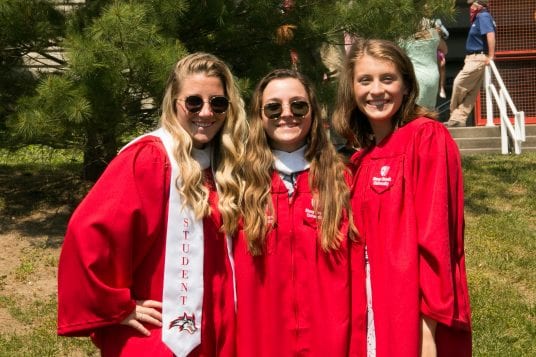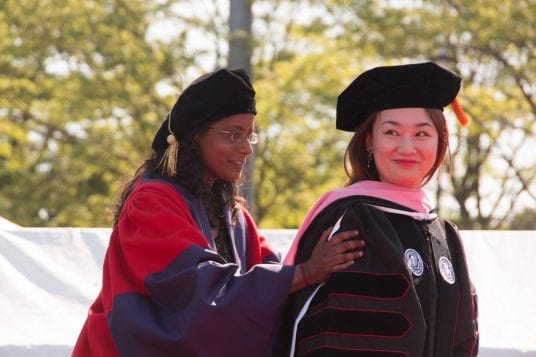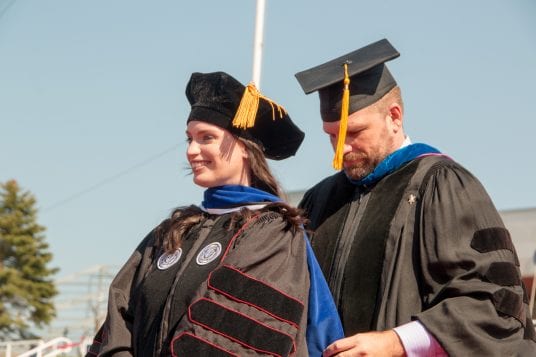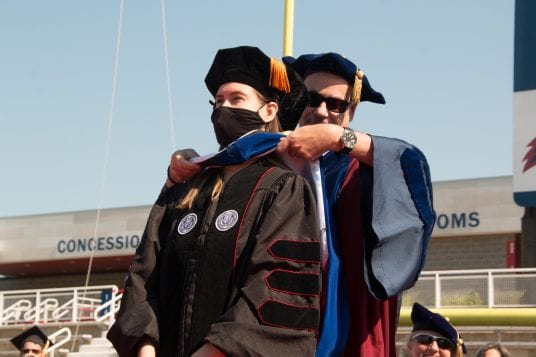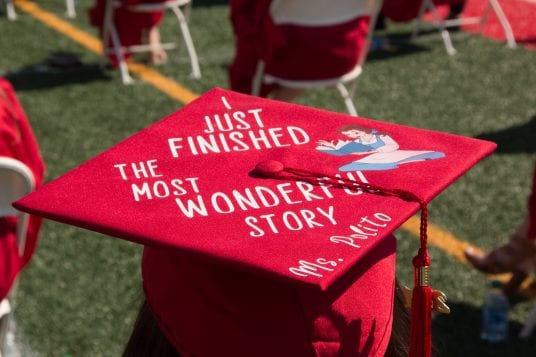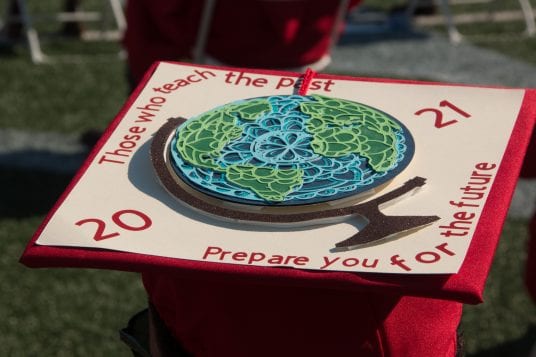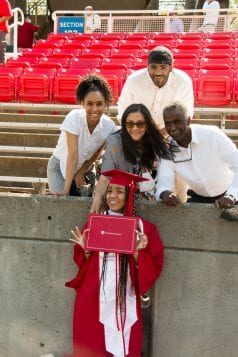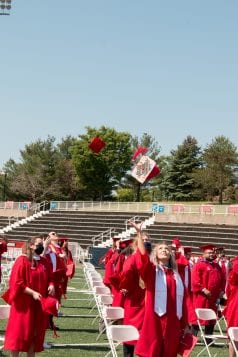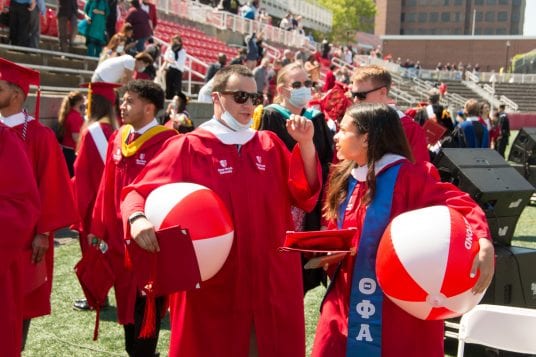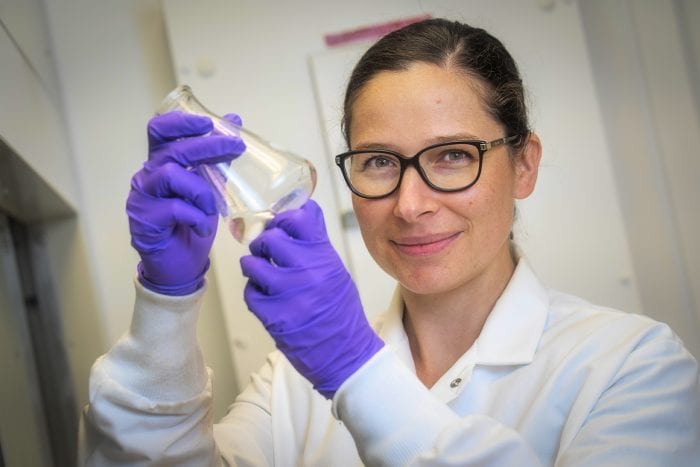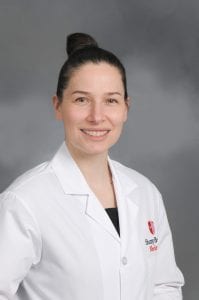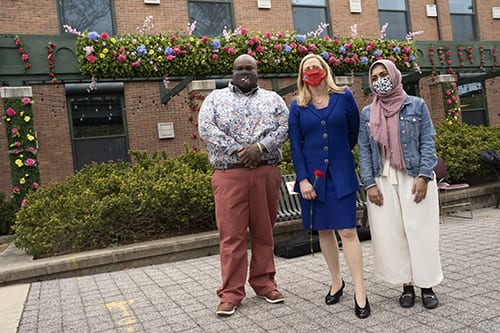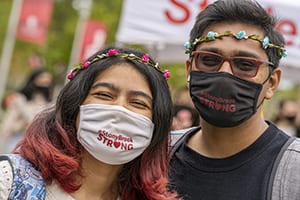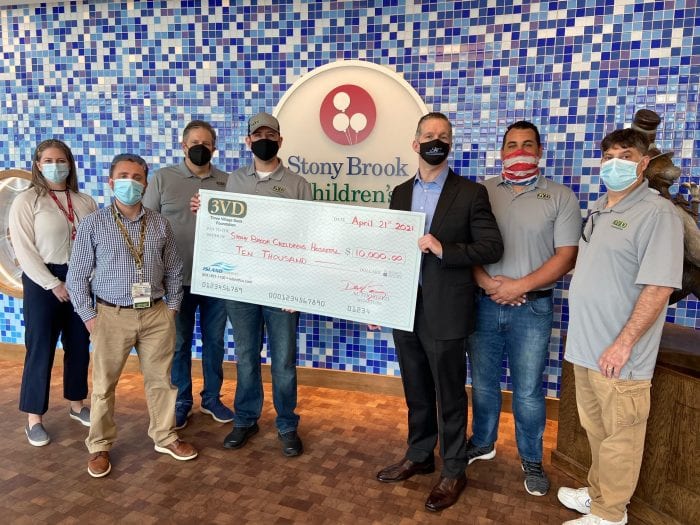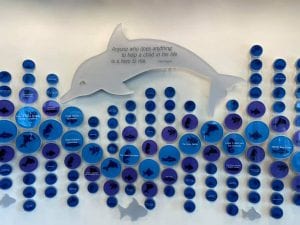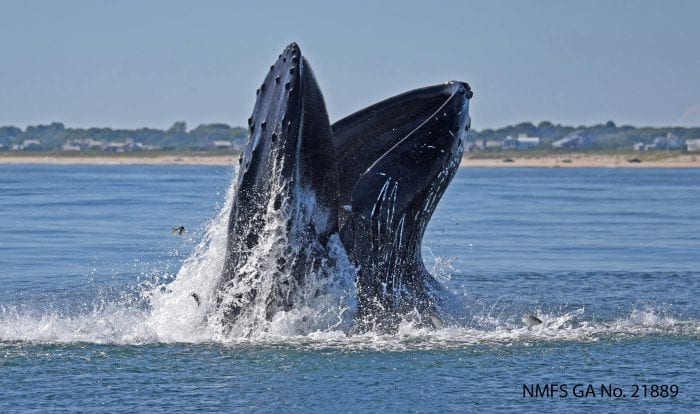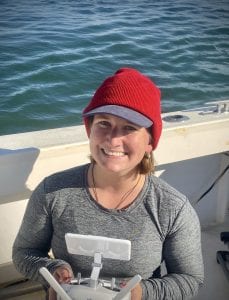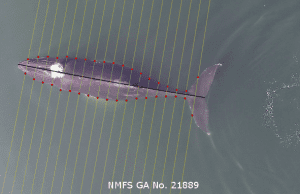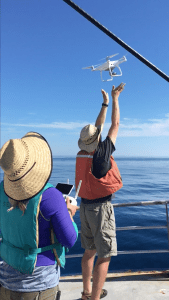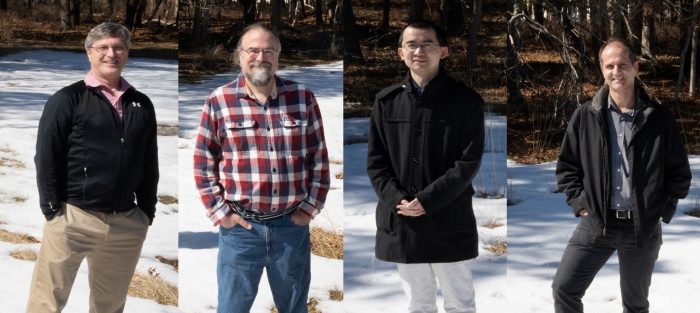By Daniel Dunaief
Clouds are as confounding, challenging and riveting to researchers as they are magnificent, inviting and mood setting for artists and film makers.
A team of researchers at Brookhaven National Laboratory and Stony Brook University recently solved one of the many mysteries hovering overhead.
Some specific types of clouds, called mixed-phase clouds, produce considerably more ice particles than expected. For those clouds, it is as if someone took an empty field, put down enough seeds for a thin covering of grass and returned months later to find a fully green field.
Ed Luke, Atmospheric Scientist in the Environmental Sciences Department at Brookhaven National Laboratory, Andy Vogelmann, Atmospheric Scientist and Technical Co-manager of the BNL Cloud Processes Group, Fan Yang, a scientist at BNL, and Pavlos Kollias, a professor at Stony Brook University and Atmospheric Scientist at BNL, recently published a study of those clouds in the journal Proceedings of the National Academy of Sciences.
“There are times when the research aircraft found far more ice particles in the clouds than can be explained by the number of ice nucleating particles,” Vogelmann wrote in an email. “Our paper examines two common mechanisms by which the concentrations of ice particles can substantially increase and, for the first time, provides observational evidence quantifying that one is more common” over a polar site.
With a collection of theoretical, modeling and data collecting fire power, the team amassed over six years worth of data from millimeter-wavelength Doppler radar at the Department of Energy’s Atmospheric Radiation Measurement facility in the town of Utqiagvik, which was previously called Barrow, in the state of Alaska.
The researchers developed software to sort through the particles in the clouds, grouping them by size and shape and matching them with the data from weather balloons that went up at the same time. They studied the number of secondary ice needles produced under various conditions.
The scientists took about 100 million data points and had to trim them down to find the right conditions. “We culled the data set by many dimensions to get the ones that are right to capture the process,” Luke explained.
The dataset required supercooled conditions, in which liquid droplets at sub-freezing temperatures came in contact with a solid particle, in this case ice, that initiated the freezing process.
Indeed, shattering ice particles become the nuclei for additional ice, becoming the equivalent of the venture capitalist’s hoped for investment that produces returns that build on themselves.
“When an ice particle hits one of those drizzle drops, it triggers freezing, which first forms a solid ice shell around the drop,” Yang explained in a press release. “Then, as the freezing moves inward, the pressure starts to build because water expands as it freezes. That pressure causes the drizzle drop to shatter, generating more ice particles.”
Luke described Yang as the “theory wizard on the ice processes and nucleation” and appreciated the opportunity to solve the mechanism involved in this challenging problem.
“It’s like doing detective work,” said Luke. The pictures were general in the beginning and became more detailed as the group focused and continued to test them.
Cloud processes are the biggest cause for differences in future predictions of climate models, Vogelmann explained. After clouds release their precipitation, they can dissipate. Without clouds, the sunlight reaches the surface, where it is absorbed, particularly in darker surfaces like the ocean. This absorption causes surface heating that can affect the local environment.
Energy obtained from microscopic or submicroscopic processes, such as the absorption of sunlight at the molecular level or the energy released or removed through the phase changes of water during condensation, evaporation or freezing, drive the climate.
“While something at microscales (or less) might not sound important, they ultimately power the heat engine that drives our climate,” said Vogelmann.
To gather and analyze data, the group had to modify some processes to measure particles of the size that were relevant to their hypothesis and, ultimately, to the process.
“We had to overcome a very serious limitation of radar,” Kollias said. They “started developing a new measurement strategy.”
When the cost of collecting large amounts of data came down, this study, which involved collecting 500 times more data points than previous, conventional measures, became feasible.
Luke “came up with a very bright, interesting technique of how to quantitatively figure out, not if these particles are there or how often, but how many,” Kollias said.
Luke found a way to separate noise from signal and come up with aggregated statistics.
Kollias said everyone in the group played a role at different times. He and Luke worked on measuring the microphysical properties of clouds and snow. Yang, who joined over two and a half years ago and was most recently a post doctoral research associate, provided a talented theoretical underpinning, while Vogelmann helped refine the study and methodology and helped write up the ideas.
Kollias said the process begins with a liquid at temperatures somewhere between 0 and 10 degrees below zero Celsius. As soon as that liquid touches ice, it explodes, making it a hundred times more efficient at removing liquid from the cloud.
Kollias described the work as a “breakthrough” because it provided real measurements, which they can use to test their hypotheses.
In the next few months, Kollias said the group would make sure the climate modeling community sees this work.
Luke was hoping the collaboration would lead to an equation that provided the volume of secondary ice particles based on specific parameters, like temperature and humidity.
From the data they collected, “you can almost see the equation,” Luke said. “We wanted to publish the equation. That’s on the to-do list. If we had such an equation, a modeler could plug that right in.”
Even though they don’t yet have an equation, Luke said that explicit descriptions of the dataset, in the form of probability density functions, are of value to the modeling community.
The group would like to see how broadly this phenomenon occurs throughout the world. According to Kollias, this work is the “first step” and the team is working on expanding the technique to at least three more sites.
